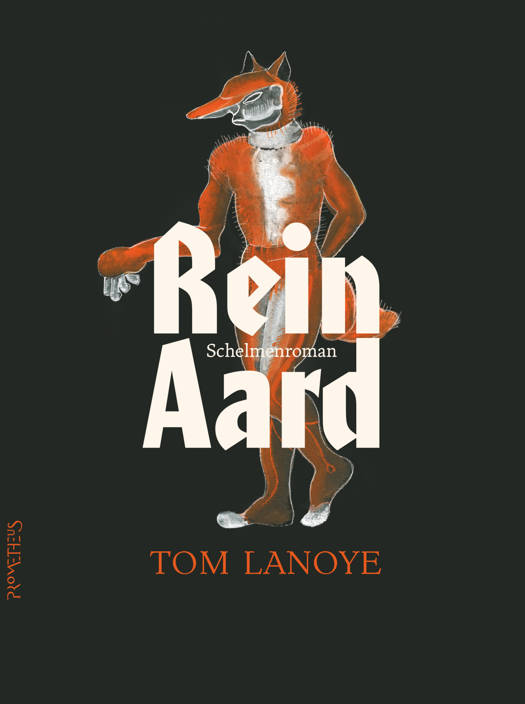
- Afhalen na 1 uur in een winkel met voorraad
- Gratis thuislevering in België vanaf € 30
- Ruim aanbod met 7 miljoen producten
- Afhalen na 1 uur in een winkel met voorraad
- Gratis thuislevering in België vanaf € 30
- Ruim aanbod met 7 miljoen producten
Zoeken
Omschrijving
This practical, non-technical introduction to insect classification offers a well-illustrated, straight-forward primer in entomology. Whether you are part of a master naturalist program, are interested in environmentally friendly pest management, or simply enjoy knowing what to call that strange-looking bug on your back porch, Insects of Texas will be your first resource for insect classification and identification. This book will help you sort out many of the millions of insect species by learning the readily distinguishable field characteristics needed to identify groups most commonly seen in Texas. David H. Kattes provides short tutorials on morphology and metamorphosis and uses a simple color-coding scheme to present the five classes of arthropods and the orders, suborders, and families of insects most relevant to Texas observers. Photo keys, pronunciation guides, illustrated tables, abundant photographs, and highlighted accounts of physical and biological characteristics help introduce readers to the various tiny creatures that inhabit our world, steering them through arachnids, crustaceans, millipedes, centipedes, and hexapods. Within each account, Kattes comments on habits and other interesting information, reflecting his long experience in teaching and speaking to a variety of receptive audiences.
Specificaties
Betrokkenen
- Auteur(s):
- Uitgeverij:
Inhoud
- Aantal bladzijden:
- 224
- Taal:
- Engels
- Reeks:
- Reeksnummer:
- nr. 39
Eigenschappen
- Productcode (EAN):
- 9781603440820
- Verschijningsdatum:
- 20/05/2009
- Uitvoering:
- Paperback
- Formaat:
- Trade paperback (VS)
- Afmetingen:
- 155 mm x 239 mm
- Gewicht:
- 589 g

Alleen bij Standaard Boekhandel
+ 106 punten op je klantenkaart van Standaard Boekhandel
Beoordelingen
We publiceren alleen reviews die voldoen aan de voorwaarden voor reviews. Bekijk onze voorwaarden voor reviews.











